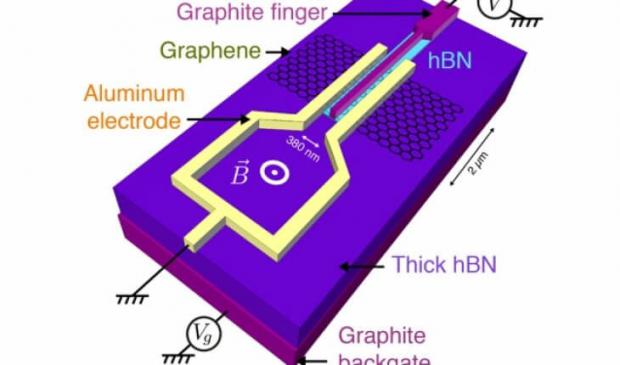
Breaking News
 Who Really Owns America (It's Not Who You Think)
Who Really Owns America (It's Not Who You Think)
 Canada Surrenders Control Of Future Health Crises To WHO With 'Pandemic Agreement': Report
Canada Surrenders Control Of Future Health Crises To WHO With 'Pandemic Agreement': Report
 Retina e-paper promises screens 'visually indistinguishable from reality'
Retina e-paper promises screens 'visually indistinguishable from reality'
 Unearthed photos of 'Egypt's Area 51' expose underground complex sealed off...
Unearthed photos of 'Egypt's Area 51' expose underground complex sealed off...
Top Tech News
 Future of Satellite of Direct to Cellphone
Future of Satellite of Direct to Cellphone
 Amazon goes nuclear with new modular reactor plant
Amazon goes nuclear with new modular reactor plant
 China Is Making 800-Mile EV Batteries. Here's Why America Can't Have Them
China Is Making 800-Mile EV Batteries. Here's Why America Can't Have Them
 China Innovates: Transforming Sand into Paper
China Innovates: Transforming Sand into Paper
 Millions Of America's Teens Are Being Seduced By AI Chatbots
Millions Of America's Teens Are Being Seduced By AI Chatbots
 Transhumanist Scientists Create Embryos From Skin Cells And Sperm
Transhumanist Scientists Create Embryos From Skin Cells And Sperm
 You've Never Seen Tech Like This
You've Never Seen Tech Like This
 Sodium-ion battery breakthrough: CATL's latest innovation allows for 300 mile EVs
Sodium-ion battery breakthrough: CATL's latest innovation allows for 300 mile EVs
 Defending Against Strained Grids, Army To Power US Bases With Micro-Nuke Reactors
Defending Against Strained Grids, Army To Power US Bases With Micro-Nuke Reactors
Graphene inherits superconductor qualities when close to superconductors

MIT physicists have found that a flake of graphene, when brought in close proximity with two superconducting materials, can inherit some of those materials' superconducting qualities. As graphene is sandwiched between superconductors, its electronic state changes dramatically, even at its center.
The researchers found that graphene's electrons, formerly behaving as individual, scattering particles, instead pair up in "Andreev states" — a fundamental electronic configuration that allows a conventional, nonsuperconducting material to carry a "supercurrent," an electric current that flows without dissipating energy.
The researchers' graphene platform may be used to explore exotic particles, such as Majorana fermions, which are thought to arise from Andreev states and may be key particles for building powerful, error-proof quantum computers.
MIT physicists have found that a flake of graphene, when brought in close proximity with two superconducting materials, can inherit some of those materials' superconducting qualities. As graphene is sandwiched between superconductors, its electronic state changes dramatically, even at its center. Pictured is the experimental concept and device schematic.
Nature Physics – Tunnelling spectroscopy of Andreev states in graphene

 SpaceX Heat Shield and Starship Mass Production
SpaceX Heat Shield and Starship Mass Production

